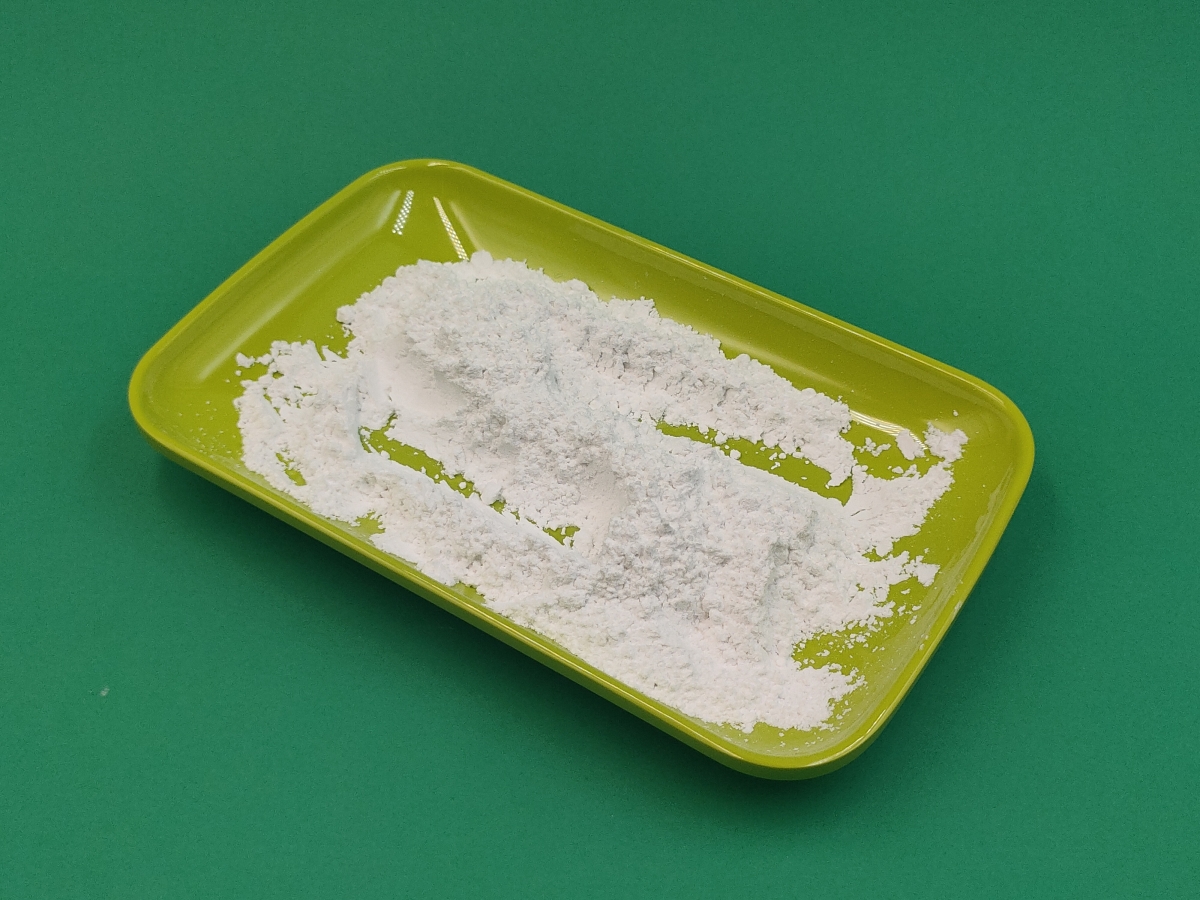- 13
- Apr
pyridoxine hydrochloride vitamin b6,pyridoxine hydrochloride vitamin b6,suppliers
pyridoxine hydrochloride vitamin b6, also known as pyridoxine, includes pyridoxine, pyridoxal and pyridoxamine. It exists in the form of phosphate ester in the body. It is a water-soluble vitamin that is easily destroyed by light or alkali. High temperature resistance. Vitamin B6 is a colorless crystal, easily soluble in water and ethanol, stable in acid solution, and easily destroyed in lye solution. Vitamin B6 is abundant in yeast grains, meat, fish, eggs, beans and peanuts. Vitamin B6 is a component of some coenzymes in the human body and participates in various metabolic reactions, especially closely related to amino acid metabolism.
pyridoxine hydrochloride vitamin b6 White to pale yellow crystal or white crystalline powder. Odorless. Sour and bitter. It is recrystallized from the mixed solution of ethanol and acetone to obtain plate or columnar crystals. Melts and partially decomposes at 206°C. When the pH value is 2, there is an absorption peak at 291nm, and when the pH value is 7, there are absorption peaks at 254nm and 324nm. The pH value of 10% aqueous solution is 2.2-3.0. Stable in air. Good heat resistance. When exposed to sunlight, it decomposes slowly, and in an aqueous solution, it decomposes rapidly. Its solution is acidic to litmus test, and the pH value is about 3. Easily soluble in water (19g/100ml, 25℃) and propylene glycol (27.3g/100g, 25℃). Soluble in ethanol (0.47g/100g, 25°C), insoluble in ether and chloroform. It can be heated to 120°C in a neutral solution to polymerize, but it is stable under acidic or basic conditions and does not polymerize.

